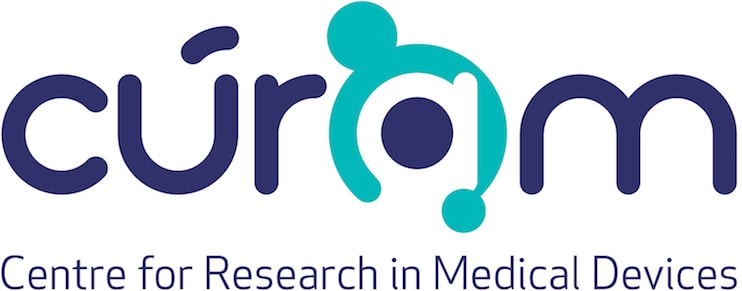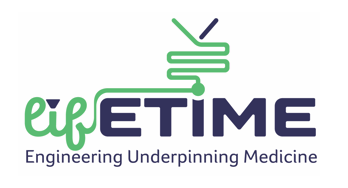Sweet and sticky: Using Sugars to Develop Regenerative Therapies.
By LifETIME CDT Student: Amaziah Alipio (University of Birmingham) Deaths from chronic and advanced liver disease such as liver cirrhosis and cancer accounts for over 2.4% of total deaths globally in 2017. The only effective therapy for chronic liver diseases is liver transplantation, however, the lack of available donor organs is a critical limitation in therapy. …








